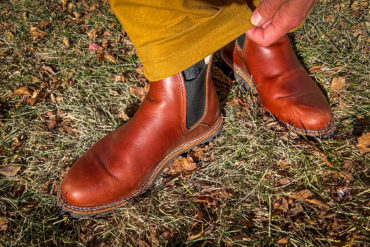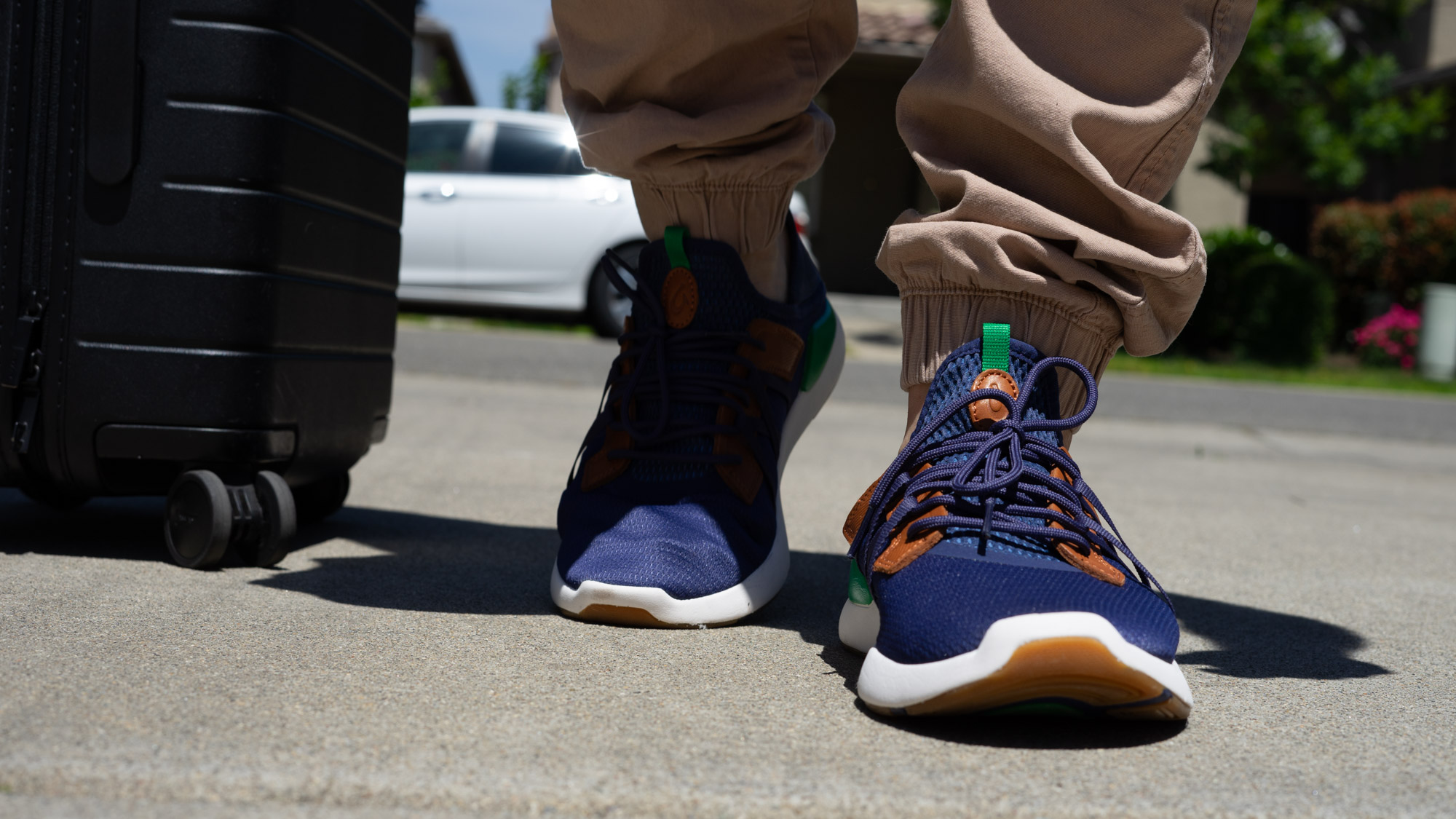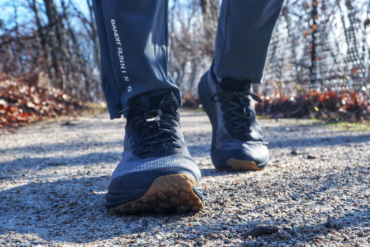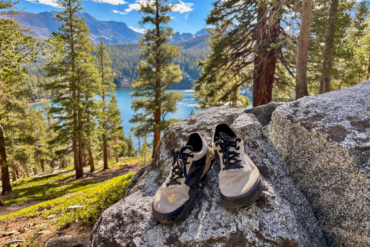For many environmentalists, microplastics are public enemy No. 1. And Nike’s newest shoe platform, Joyride, has literally thousands of them.
About 8,000 copolymer beads fill pods under a runner’s feet. This is the concept behind Joyride, Nike’s newest entry into footwear. It’s a unique way to provide cushioning that might evolve running shoes slightly. But some people are already concerned that the technology will ultimately end up polluting waterways and land and be impossible to clean up.
Here’s a bit more about the technology and the controversy around it.
Nike Joyride: How It Works
Take a step. As you do, about 8,000 tiny beads will smoosh, roll aside, and compress under your feet. In doing so, they provide a cushion for your run that Nike describes as “running on bubbles.”
Sound weird? Yes, but the brand is betting that many runners will love its newest footwear release enough that it has five models in the works. The first, the Joyride Run Flyknit, hits the global market on August 15.
The Joyride platform starts with a midsole made of four distinct “pods.” Nike fills each of these pods with thousands of TPE (a copolymer of plastic and rubber) beads.
According to Nike, the brand “zonally tuned” each of the four pods. So the pod under the heel is bigger to absorb impact, while those at the forefoot facilitate a smooth transition forward.
For Nike, the goal is a “personalized underfoot experience.”
Nike Joyride and Microplastics
But while the technology (and clever marketing surrounding it) may inspire some runners to try the new shoes, what happens when they wear out?
Shortly after the shoe’s release, Gizmodo dropped an opinion piece taking Nike to task for creating a shoe that, once it wears out, could lead to a major plastic mess.
“Did Nike not get the memo on plastic beads?” asks the article by Andrew Liszewski.
Microplastics are small pieces of plastic less than 5 mm long that pollute the environment. While research around the impacts of microplastics is very new, many environmental advocates worry they could cause myriad problems for animals, particularly in oceans, lakes, and rivers.
Microplastic beads were used in cosmetic products for about the past 50 years until recently. On December 28, 2015, President Obama signed the Microbead-Free Waters Act of 2015, banning plastic microbeads in cosmetics and personal care products.
And while the beads in the Joyride platform are larger than microbeads in cosmetic products, they still raise concerns about disposal.
Nike responded to the concerns with a statement:
“Nike is committed to creating a more sustainable future and protecting the future of sport. Like all athletic footwear, Joyride can be recycled through Nike’s Reuse-A-Shoe program and transformed into new products. We have also been actively exploring the source of microfibers and working with the sporting goods industry and other industries to understand the issue and identify long-term scalable solutions.”
Joyride Shoe: Worth the Risk?
Many commenters noted that all shoes and plastic products eventually break down into smaller pieces. So, for some, the concerns about the shoes wearing out and eventually losing their beads into the environment are minimal.
So is this concern founded, and how do the shoes perform? Well, we haven’t had our hands — or feet — on them yet. We expect a slightly unique sensation similar to responsive foam. Let us know if you’ve had a chance to test them out!
Beyond the Joyride Flyknit, pictured above, other Nike Joyride models, tuned specifically for their unique purposes, include the Nike Joyride NSW, Nike Joyride NSW Setter, the women’s-exclusive Nike Joyride NSW Optik, and the Nike Joyride Kids Nova for young athletes.










